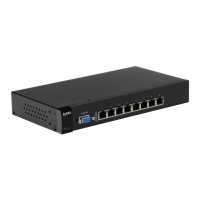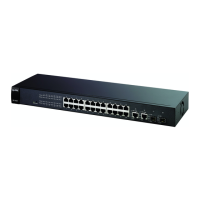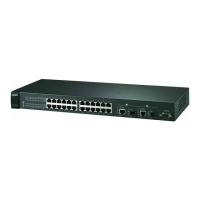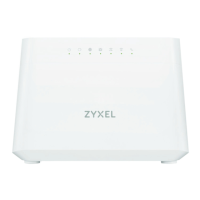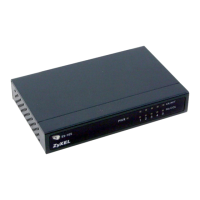Chapter 33 IPv6 Commands
Ethernet Switch CLI Reference Guide
145
MLD Messages
A multicast router or switch periodically sends general queries to MLD hosts to update the
multicast forwarding table. When an MLD host wants to join a multicast group, it sends an
MLD Report message for that address.
An MLD Done message is equivalent to an IGMP Leave message. When an MLD host wants
to leave a multicast group, it can send a Done message to the router or switch. If the leave
mode is not set to immediate, the router or switch sends a group-specific query to the port
on which the Done message is received to determine if other devices connected to this port
should remain in the group.
MLD Port Role
A port on the Switch can be either a downstream port or upstream port in MLD. A downstream
port (DSP in the figure) connects to MLD hosts and acts as a multicast router to send MLD
queries and listen to the MLD host’s Report and Done messages. An upstream port (USP in
the figure) connects to a multicast router and works as a host to send Report or Done messages
when receiving queries from a multicast router.
MLD Snooping-Proxy
MLD snooping-proxy is a ZyXEL-proprietary feature. IPv6 MLD proxy allows only one
upstream interface on a switch, while MLD snooping-proxy supports more than one upstream
port on a switch. The upstream port in MLD snooping-proxy can report group changes to a
connected multicast router and forward MLD messages to other upstream ports. This helps
especially when you want to have a network that uses STP to provide backup links between
switches and also performs MLD snooping and proxy functions. MLD snooping-proxy, like
MLD proxy, can minimize MLD control messages and allow better network performance.
In MLD snooping-proxy, if one upstream port is learned via snooping, all other upstream ports
on the same device will be added to the same group. If one upstream port requests to leave a
group, all other upstream ports on the same device will also be removed from the group.

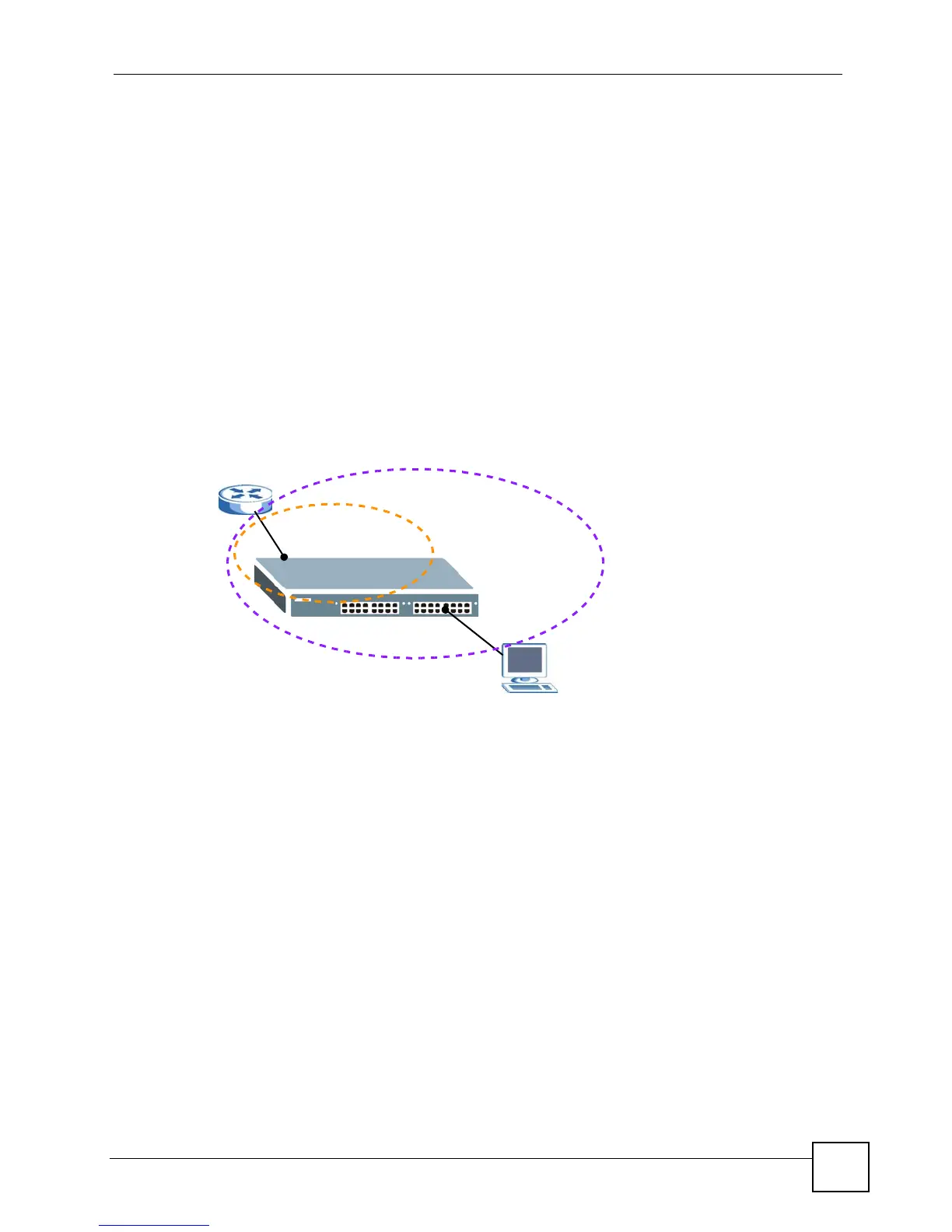